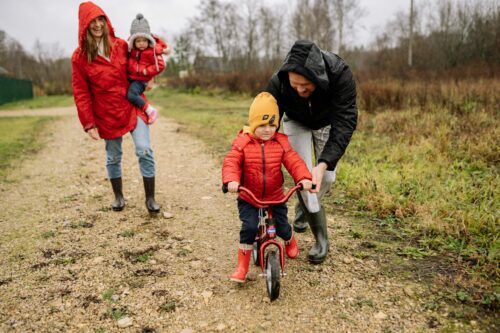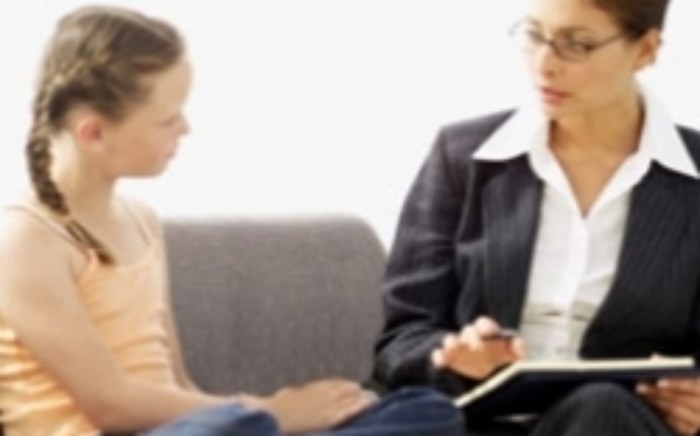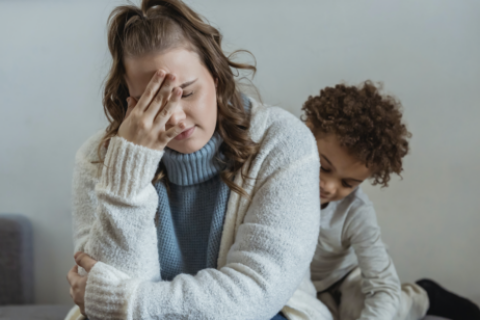If you are a caregiver of a child or teen with a history of anxiety, you’ve probably experienced times in which you felt torn about how to handle feared situations. You may have thought to yourself…
This is terrifying for them. Should I protect them from their fears?
But their peers can do it. So, should I push them to face this fear?
If either of these thoughts resonate with you, you’re not alone. Supporting children through anxious situations is not intuitive! In fact, we frequently work with families where parents and caregivers fundamentally disagree in this area. One parent may feel the need to relieve their child’s distress and help them avoid feared situations. While the other parent may feel that their child needs to be more independent and “get over it.”
The good news is that both of these seemingly opposite perspectives are correct! The key to promoting bravery in children and adolescents is to combine both viewpoints into one. Dr. Eli Lebowitz, professor and clinical psychologist at Yale Child Study Center, calls this supportive parenting. His research has found that the ideal caregiver response to youth anxiety is to:
- validate the child’s fearful experience
AND
- exude confidence in the child’s ability to tolerate slightly more discomfort than they have up until now
When parents and caregivers take this supportive stance and simultaneously refrain from rescuing children from feared situations, children will learn to get comfortable being uncomfortable. With repeated practice, they will gradually build bravery in the face of their fears, be more confident and independent, and better cope with feelings of anxiety. It is important to keep in mind that this process doesn’t happen overnight. It takes time and patience. It is key to practice in areas of low anxiety, before targeting areas of moderate and ultimately high anxiety. Below are some examples of how one might use this supportive stance for different presentations of anxiety.
***Please keep in mind that every child with anxious behaviors is unique and may call for more or less support than the examples listed below. It is encouraged that you consult with a licensed clinician who specializes in treating anxiety to find the best plan for your child’s needs.***
| Anxious behavior | Low level exposure | Medium level exposure | High level exposure | Supportive statement |
| Frequent reassurance seeking | Parents provide reassurance 3x in morning, 3x in afternoon, and 3x in evening | Parents provide reassurance 1x in morning, 1x in afternoon, and 1x in evening | Parents refrain from providing reassurance for frequent questioning or reassurance-seeking behaviors | I know it bothers you when you’re unsure if you did something wrong, and I’m confident you can handle not knowing. |
| Avoiding speaking to strangers | Parents supporting child in answering parent’s question in front of a stranger | Parents supporting child in providing one-word answer to stranger’s forced choice question | Parents supporting child in using full sentence to answer stranger’s open-ended question | Talking to strangers can be scary, and I’m 100% confident you can start by answering my question in front of the person serving ice cream. |
| Lengthy and rigid bedtime routine | Parents changing order of bedtime routine | Parents reducing time spent with child when falling asleep | Parents engaging in brief bedtime routine and leaving room for kiddo to fall asleep independently | I know it can be difficult to change our routine, and I am sure you can practice being brave and flexible. |
Find out more about supportive parenting in Eli Lebowitz and Haim Omer’s (2013) book:
Treating Childhood and Adolescent Anxiety: A Guide for Caregivers











